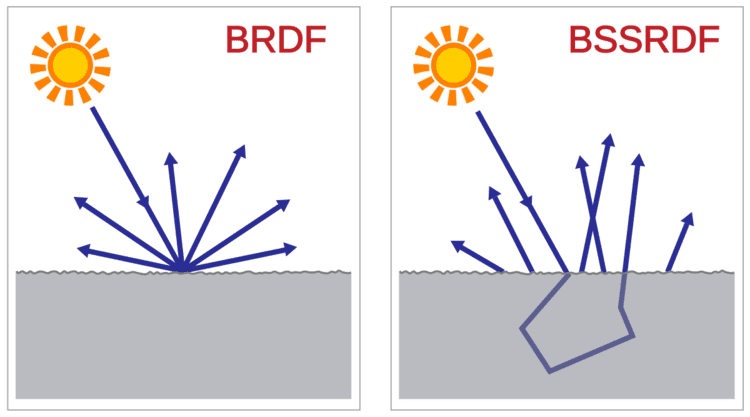 | ||
A light stage or light cage is equipment used for shape, texture, reflectance and motion capture often with structured light and a multi-camera setup.
Contents
Reflectance capture
The reflectance field over a human face was first captured in 2000 by Paul Debevec et al. The method they used to find the light that travels under the skin was based on the existing scientific knowledge that light reflecting off the air-to-oil retains its polarization while light that travels under the skin loses its polarization.
Using this information, a light stage was built by Debevec et al., consisting of
- Moveable digital camera
- Moveable simple light source (full rotation with adjustable radius and height)
- 2 polarizers set into various angles in front of the light and the camera
- A computer with relatively simple programs doing relatively simple tasks. The setup enabled the team to find the subsurface scattering component of the BSDF over the human face which was required for fully virtual cinematography with ultra-photorealistic digital look-alikes, similar to effects seen in the films Matrix Reloaded, Matrix Revolutions and others since the early 2000s.
Following great scientific success Debevec et al. constructed more elaborate versions of the light stage at the University of Southern California's (USC)'s Institute for Creative Technologies (ICT). Ghosh et al. built the seventh version of the USC light stage X. In 2014 President Barack Obama had his image and reflectance captured with the USC mobile light stage.
